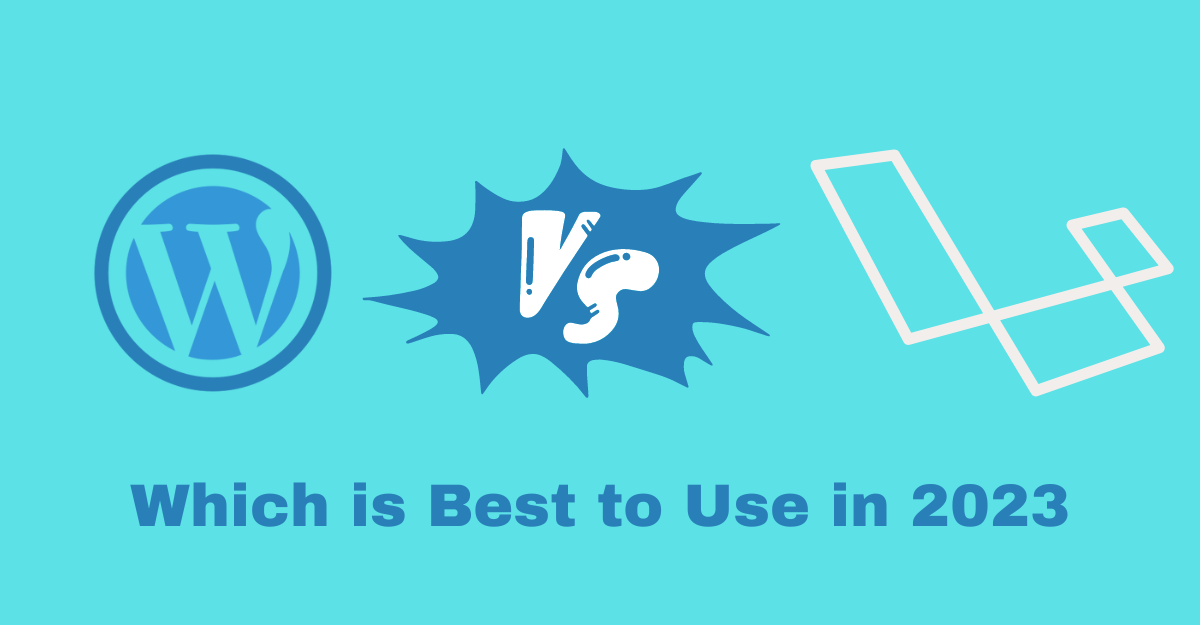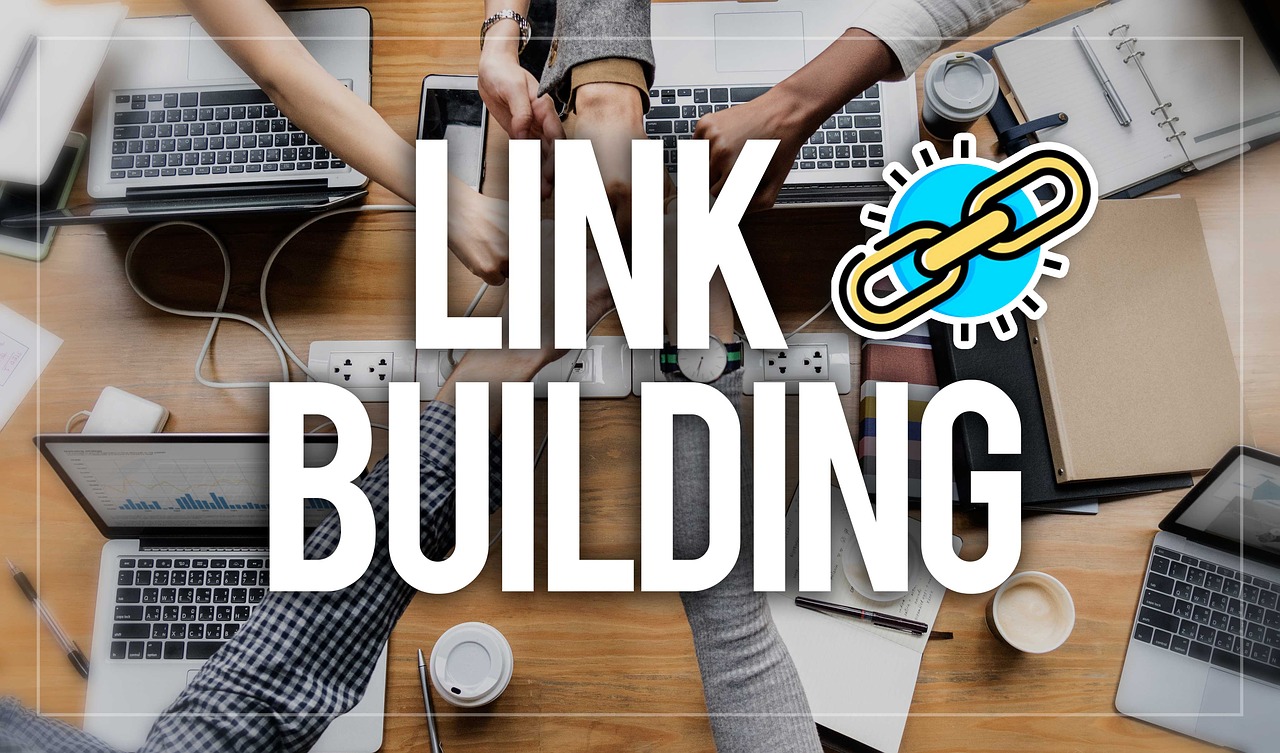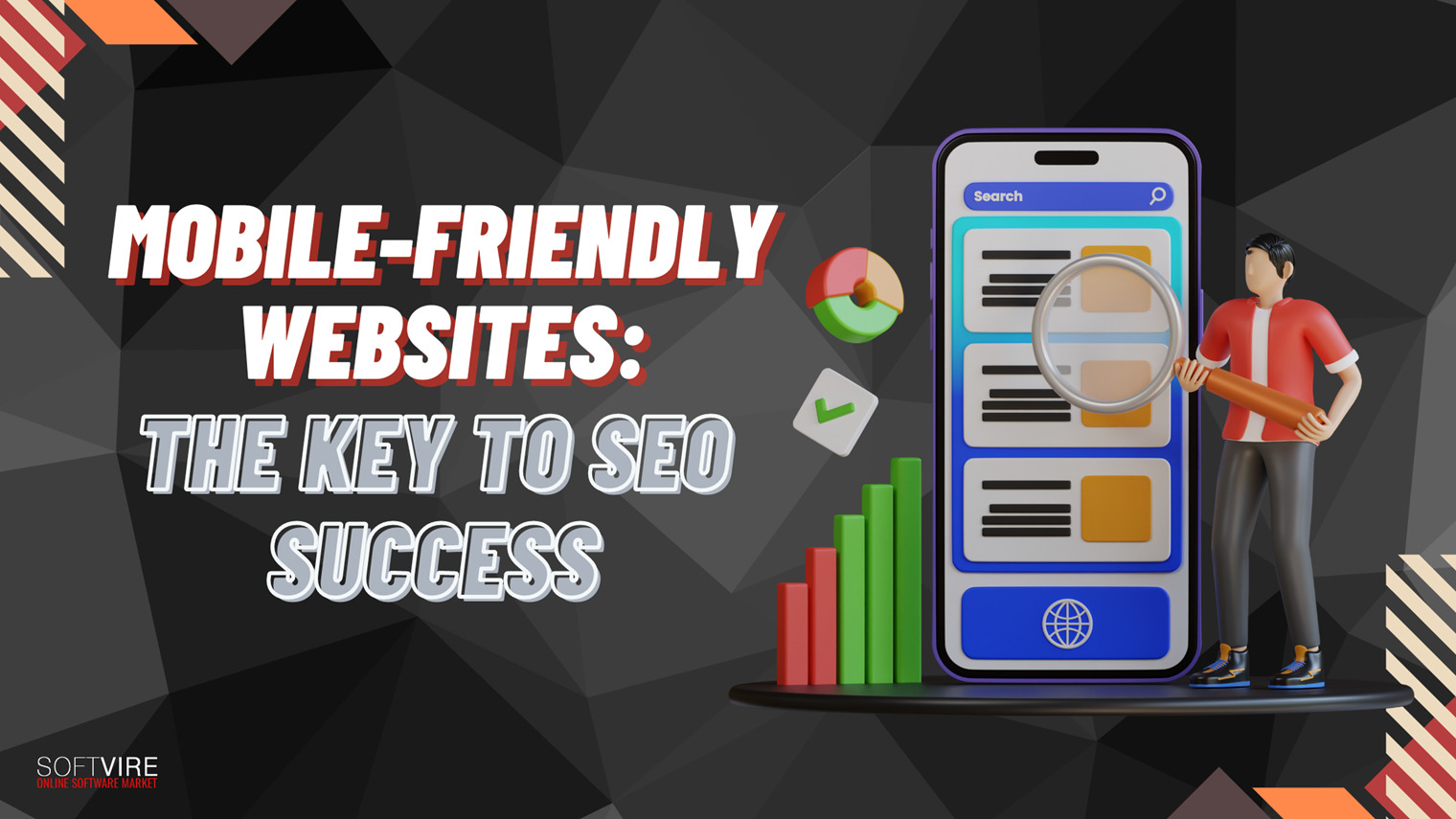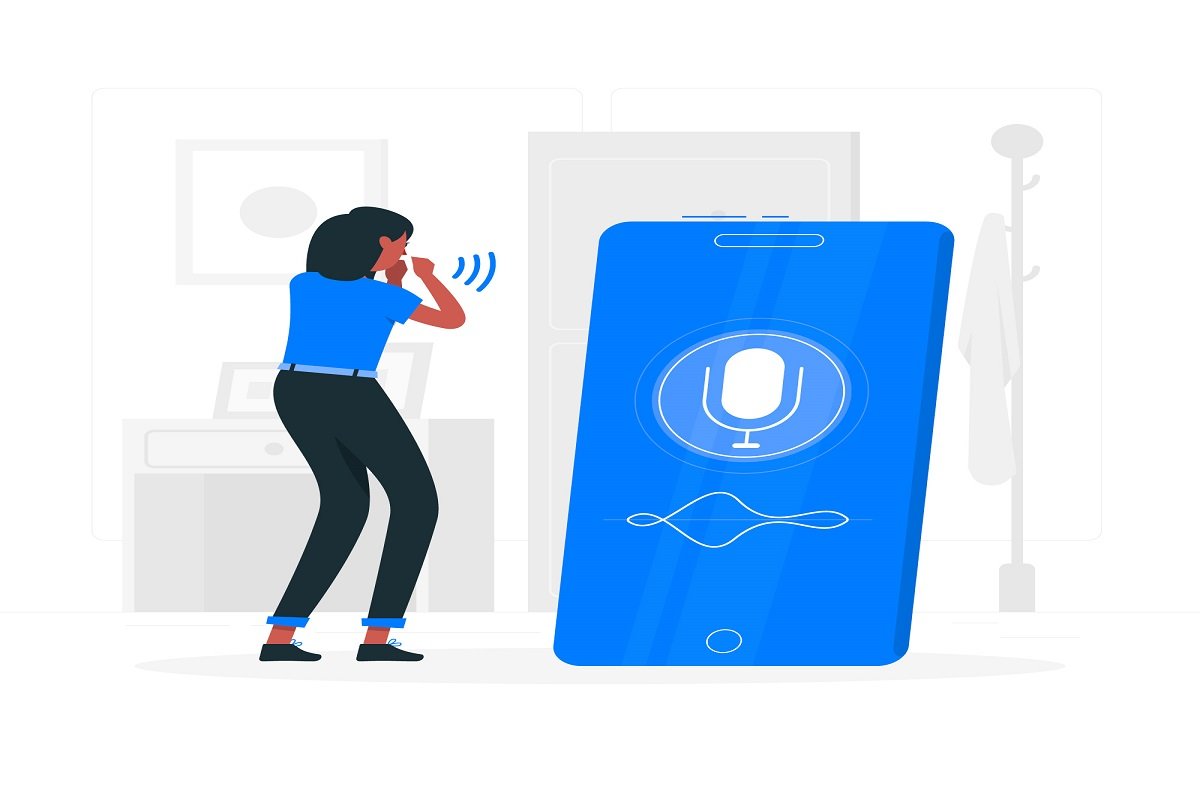
Multi-user Website on WordPress: 8 Powerful Steps Creation Guide
7 minutes | Word Count: 1294Creating a multi-user website on WordPress through its Multisite functionality redefines the management of multiple websites within a single platform. This approach offers centralized control, empowering users to collaborate efficiently, effectively manage diverse sites, and maintain a unified online presence.
In today’s digital landscape, streamlined collaboration and centralized management are crucial. WordPress Multisite emerges as a transformative solution, enabling individuals, organizations, businesses, and educational institutions to effortlessly create and manage an interconnected network of websites.
The essence of a multi-user website lies in hosting and managing numerous websites from a single central WordPress installation. Unlike a traditional standalone WordPress site, Multisite allows users to establish a network of sites, each operating independently yet collectively managed.
In addition to these capabilities, WordPress development services further enhance the potential of Multisite functionality. These services encompass a wide range of offerings, including site setup, customization, plugin integration, security implementations, and ongoing maintenance, maximizing the efficiency and performance of a multi-user website powered by WordPress.
How To Create a Multi-user Website on WordPress Step-by-Step Guide
This article will help to clear up questions related to what multi-user website is, who needs it, and how to create it. Let’s get dig down further using the below points:
Step1. Prepare Your WordPress Installation
Setting up your WordPress installation involves several pivotal steps to establish a strong foundation for your website. It begins by selecting a reliable hosting provider and securing a domain name. Installing WordPress seamlessly onto your hosting server unlocks numerous possibilities. Security measures, such as SSL certificates and regular backups, are essential to maintain your site’s trustworthiness. Customizing settings, integrating vital plugins and themes, and defining user roles significantly contribute to tailoring your website to meet specific needs. Moreover, creating essential pages and content, along with optimizing your site for improved performance, completes the groundwork, paving the way for a successful and engaging online presence.
Furthermore, leveraging Web Development Services can significantly enhance this process. These services encompass various offerings, including website setup, personalized customization, integration of essential plugins and themes, security implementations, and ongoing maintenance. Employing professional web development services ensures a robust, well-tailored WordPress installation that meets your site’s unique needs while maximizing its potential for success.
Step2. Enable WordPress Multisite
Enabling WordPress Multisite involves transforming a single WordPress installation into a network of multiple sites. Start by accessing your website’s files and inserting a line of code into the wp-config.php file. After this step, head to your WordPress dashboard and find the ‘Tools’ menu. Click on ‘Network Setup,’ where you’ll be prompted to choose either a sub-domain or sub-directory structure for your network. Follow the provided setup instructions, adjust necessary configurations, and allow WordPress to generate code to add to your wp-config.php and .htaccess files. Finally, log back into your WordPress dashboard, and you’ll activate the Multisite feature, enabling management of multiple sites from one WordPress installation.
Step3. Setting Up Multisite
Setting up Multisite in WordPress involves transforming a single WordPress installation into a network capable of hosting multiple sites. After logging in to your WordPress dashboard, navigate to the ‘Tools’ section and click on ‘Network Setup.’ Here, you’ll choose between a sub-domain or sub-directory structure for your network. Follow the provided instructions, permitting WordPress to generate code to be added to your wp-config.php and .htaccess files. Once the necessary changes are made, log back into your WordPress dashboard, and Multisite will activate, enabling you to manage and create multiple sites using a single WordPress installation.
Step4. Network Activation
Network Activation in WordPress involves enabling a plugin or theme across all sites within a Multisite network. As a Super Admin, log in to your WordPress dashboard and navigate to either the ‘Plugins’ or ‘Themes’ section, depending on the item you wish to activate network-wide. Once selected, choose ‘Network Activate’ to apply it to all sites within your Multisite setup. This feature ensures a consistent use of plugins or themes across the network, making management easier and ensuring uniform features or designs across multiple sites.
Step5. Creating New Sites
Adding more sites in WordPress Multisite is an uncomplicated process, granting Super Admins the ability to effortlessly broaden their network. Begin by logging into your WordPress dashboard and finding the ‘Sites’ section within the Network Admin dashboard. Select ‘Add New’ to start creating a new site. Here, input essential details such as the site’s address, title, and admin email. Once details are entered, click ‘Add Site.’ WordPress will promptly generate the new site within your Multisite network, enabling you to efficiently manage multiple sites from one centralized spot.
Step6. More Efficient Code
Operating multiple sites within a single network reduces code duplication significantly. Regardless of the number of active sites, there remains only one collection of core WordPress files, as well as one instance of each theme and plugin.
This leads to a notable decrease in server space consumption compared to managing individual WordPress installations for each site. As the number of sites increases, these benefits in conserving space accumulate, potentially resulting in lowered hosting costs. Furthermore, optimizing code management and updates enhances efficiency, saving considerable time and effort in keeping all components up to date.
Step7. Managing Sites and Users
In WordPress Multisite, centralized management of sites and users significantly streamlines tasks for Super Admins. Accessing the ‘Sites’ section within the Network Admin dashboard provides an organized overview of all network sites. Here, Super Admins can efficiently oversee site details, customize settings, and execute site-specific functions from one central location. Additionally, managing users is simplified through the ‘Users’ section, empowering Super Admins to effortlessly add, edit, or delete user accounts across the entire network. This centralized framework ensures effective oversight and governance of multiple sites and users within the WordPress Multisite system.
Step8. Theme and Plugin Management
Themes and plugins in WordPress Multisite offer two management options: either network-wide or on a site-specific basis. They can be installed universally for access across all sites or activated selectively for particular sites within the network.
WordPress Multisite streamlines the centralized management of multiple websites from a single WordPress installation, ensuring efficiency in various applications such as overseeing blog networks, corporate websites, or educational platforms. However, enabling Multisite requires careful consideration and site backups to prevent potential issues.
This centralized control empowers Super Admins with complete authority over themes and plugins across the entire network. Accessing the ‘Themes’ or ‘Plugins’ section within the Network Admin dashboard allows for comprehensive oversight and control of these elements across all sites. Super Admins can execute actions such as installing, activating, deactivating, or deleting themes and plugins network-wide. Additionally, they can restrict specific themes or plugins, ensuring consistent management and uniformity throughout the entire network. This centralized method simplifies supervision, ensuring coherence and uniformity of themes and plugins across multiple sites within the WordPress Multisite structure.
Conclusion
Creating a multi-user website using WordPress Multisite functionality not only allows seamless collaboration among users but also enables efficient management of multiple sites, ensuring a unified online presence. Leveraging this feature enhances control and customization options while preserving the inherently user-friendly interface of WordPress.
Establishing a multi-user website network involves crucial steps pivotal to an organized and effective system. Adhering to these steps enables individuals or organizations to harness the potential of WordPress Multisite for web development services, fostering an environment conducive to collaboration, simplified site management, and scalable growth within a unified WordPress setup.
WordPress Multisite stands out as a robust tool, simplifying the creation and management of multiple websites under one installation. Beyond its inherent convenience, it provides a consolidated platform for diverse users to operate their sites cohesively while retaining individual autonomy. This framework offers significant advantages for web development services, allowing for streamlined management and collaborative creation across multiple sites within a single, interconnected WordPress environment.
7 thoughts on “Multi-user Website on WordPress: 8 Powerful Steps Creation Guide”
Comments are closed.




















Excellent insights on multi-user using WordPress! An engaging read for everyone.
At all times excellent. This guide is really valuable! Thank you all.
Just wanted to say… AMAZING! What a fantastic resource this site is. I am a complete novice with all this stuff, and you explain it clearly and in plain language that is easy to understand.
I will be regularly visiting your site. Thank you so much for helping so many strangers, like me.:)
Hello! This is my first visit to your blog! We are a team of volunteers and starting a new initiative using WordPress. Your blog provided us useful information to work on. You have done an outstanding job.
Great article! Extremely helpful for new bloggers like me who really have a lot to learn from the blogging community!
Thank you for writing such an awesome article. It will be more than helpful in improving my blog. Thank you again.
Pretty! This has been a really wonderful post. Many thanks for providing these details.